Table of Contents
Introduction to Sichuan Cuisine
Sichuan cuisine, often referred to as Szechuan cuisine in the West, is one of the most iconic and flavorful styles of Chinese cooking. Known for its bold use of spices, especially the famous Sichuan peppercorn, it brings a unique numbing sensation that sets it apart from other regional cuisines. Whether you're a seasoned chef or a home cook with a passion for heat, Sichuan food offers a world of flavor that's worth exploring.
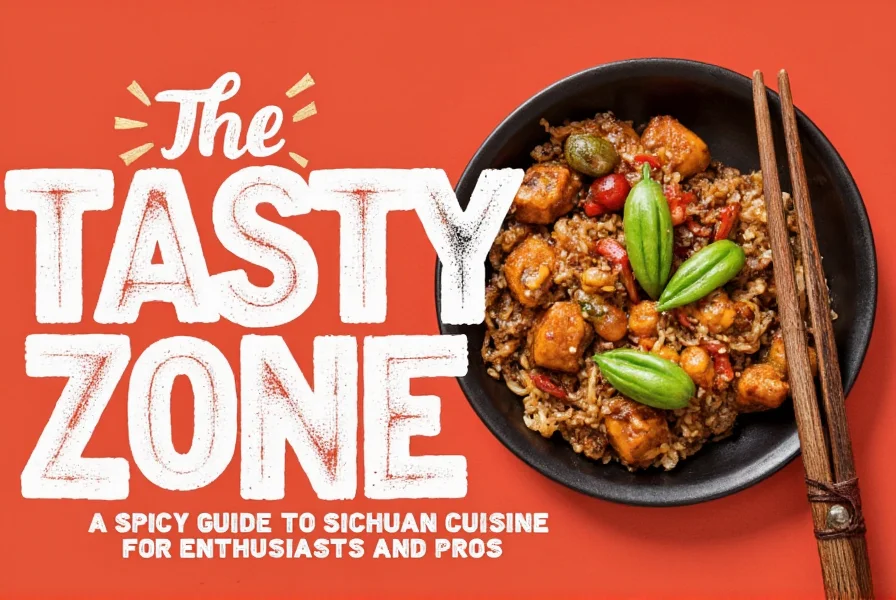
At the heart of Sichuan cuisine lies a balance of flavors—spicy, sour, salty, sweet, and umami—crafted through precise techniques and ingredients. The region's culinary traditions date back centuries, and today, Sichuan food has become a global favorite, especially among spice lovers. If you're ready to dive into this spicy, aromatic world, you've come to the right place.
Spice Basics: What Makes Sichuan Special?
To truly appreciate Sichuan cuisine, it's important to understand what makes its spices so unique. Here are some key elements that define the flavor profile:
- Sichuan Peppercorn: This small, reddish-brown fruit isn't actually a pepper but a type of citrus. It delivers a tingling, numbing sensation on the tongue, which is a hallmark of Sichuan cooking.
- Dried Chilies: These add a deep, smoky heat that complements the numbing effect of the Sichuan peppercorn.
- Garlic and Ginger: These staples provide a base of warmth and aroma that enhances the overall dish.
- Bean Paste and Doubanjiang: Fermented pastes that contribute depth and complexity to many Sichuan dishes.
- Shaoxing Wine: A rice wine used to tenderize meat and add a subtle sweetness.
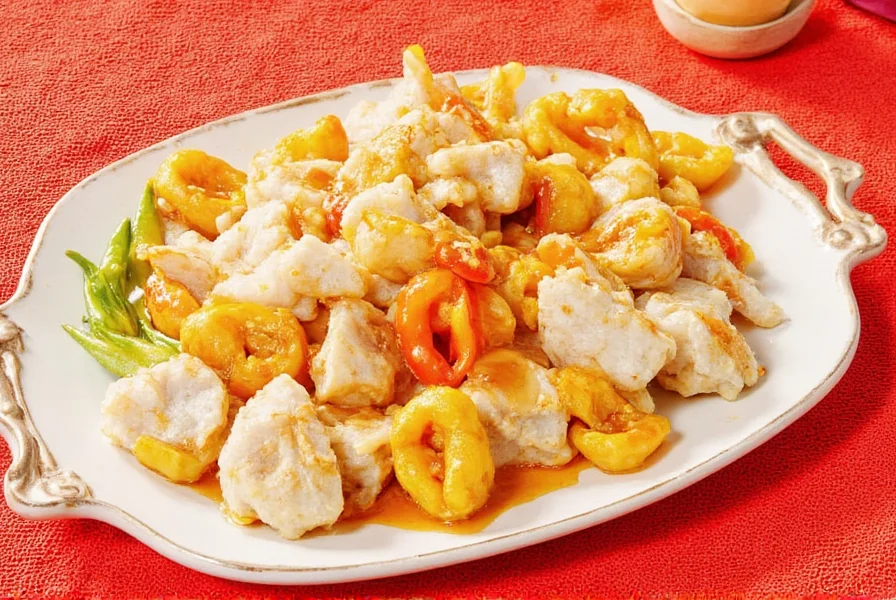
One of the most famous aspects of Sichuan cuisine is the combination of hot and numbing sensations, known as ma la. This is achieved by pairing Sichuan peppercorns with dried chilies. It's a technique that creates an unforgettable sensory experience and is central to many classic dishes like mapo tofu and chongqing hot pot.
Practical Tips for Cooking Sichuan Food
Cooking Sichuan food might seem intimidating at first, but with the right approach, it can be both fun and rewarding. Here are some practical tips to help you get started:
- Use fresh ingredients: Fresh vegetables, high-quality meats, and authentic spices are essential for achieving the true flavor of Sichuan cuisine.
- Master the balance: Sichuan food relies heavily on balance. Don't be afraid to experiment with the ratio of spicy, numbing, sour, and salty flavors to suit your taste.
- Toasting spices: Toasting Sichuan peppercorns and dried chilies before using them can enhance their aroma and flavor.
- Don't skip the paste: Doubanjiang and bean paste are key components in many Sichuan recipes. They add a rich, fermented depth that can't be replicated with just salt and pepper.
- Experiment with heat levels: You can control the spiciness of a dish by adjusting the number of chilies or the amount of doubanjiang used.
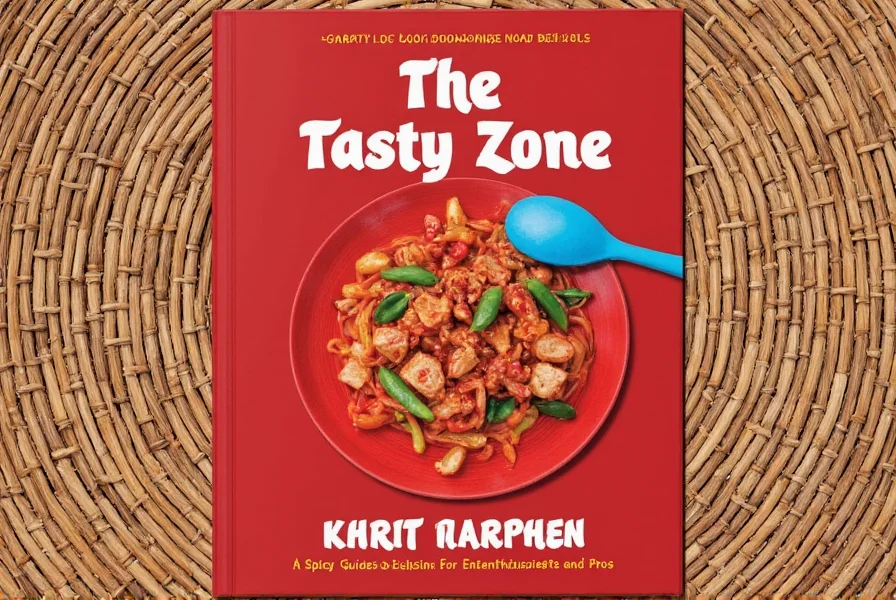
For those new to Sichuan cooking, starting with simple dishes like mapo tofu, hot pot, or stir-fried vegetables is a great way to build confidence. As you gain more experience, you can try more complex recipes like spicy fish in a red oil sauce or crispy chicken with chili sauce.
Buying Guide: Essential Tools and Ingredients
If you want to bring the flavor of Sichuan into your kitchen, having the right tools and ingredients is crucial. Below is a guide to help you choose the best options for your needs:
Essential Ingredients
| Ingredient | Features | Best For |
|---|---|---|
| Sichuan Peppercorns | Small, reddish-brown berries with a numbing effect | Adding depth and tingling sensation to dishes |
| Dried Chilies | Varies in heat level; commonly used in sauces | Creating spicy base for stews, stir-fries, and sauces |
| Doubanjiang | Fermented broad bean and chili paste | Adding umami and richness to Sichuan-style dishes |
| Bean Paste (Douchi) | Black soybean paste with a strong, salty flavor | Enhancing the depth of braised dishes and dipping sauces |
Recommended Tools
- Wok: A good wok is essential for stir-frying and searing ingredients quickly.
- Chili Grinder: Used to grind dried chilies into powder or flakes.
- Sticky Rice Flour: Often used in dumplings and steamed dishes.
- Hot Pot Set: Ideal for cooking Sichuan hot pot at home.
When shopping for Sichuan ingredients, look for reputable brands that offer authentic products. Many online stores now carry a wide range of Sichuan spices, sauces, and tools. Be sure to read reviews and check ingredient lists to ensure quality and authenticity.
Frequently Asked Questions
What's the difference between Sichuan and Szechwan?
Sichuan (also spelled Szechwan, Szechuan, or Szekwan) refers to the same regional Chinese cuisine from China's Sichuan province. The different spellings are simply variations in the Romanization of the Chinese name. Sichuan is the modern Pinyin spelling, while Szechwan is an older Wade-Giles transliteration commonly used in Western countries.
How can I reduce the spiciness of Sichuan dishes if I'm sensitive to heat?
You can reduce spiciness by: using fewer dried chilies, removing seeds from chilies before cooking, increasing the amount of other ingredients to dilute the spice, adding sugar or honey to balance heat, or serving with cooling sides like cucumber salad or plain rice. Remember that Sichuan peppercorns provide numbing sensation without actual heat, so you can maintain that signature "ma la" experience while reducing chili content.
What are the essential spices for authentic Sichuan cooking?
The essential spices include Sichuan peppercorns (for the characteristic numbing sensation), dried red chilies (for heat), doubanjiang (fermented broad bean chili paste), garlic, ginger, and Shaoxing wine. These create the foundation of authentic Sichuan flavor profiles, particularly the famous "ma la" (numbing and spicy) combination.
Can I make Sichuan dishes without a wok?
While a traditional carbon steel wok is ideal for achieving the high-heat cooking essential to many Sichuan dishes, you can use a heavy-bottomed skillet or frying pan as an alternative. The key is to use high heat and avoid overcrowding the pan to get proper searing and that distinctive "wok hei" (breath of the wok) flavor. Just make sure your ventilation is good when cooking at high temperatures.
Why does Sichuan cuisine taste different from other Chinese regional cuisines?
Sichuan cuisine is distinguished by its bold use of Sichuan peppercorns (creating a unique numbing sensation), generous amounts of dried chilies, and complex fermented pastes like doubanjiang. While other Chinese regional cuisines might focus on subtlety or single dominant flavors, Sichuan cooking celebrates the balance of multiple strong flavors—spicy, numbing, sour, sweet, and salty—all in one dish.
The Sichuan Experience: A Taste of Authentic Chinese Cuisine
Whether you're cooking at home or dining out, Sichuan cuisine offers a vibrant, immersive experience that's hard to match. The authentic Sichuan cuisine is more than just a meal—it's a journey through layers of flavor, texture, and tradition. Each bite is a reminder of the power of spice to transform simple ingredients into something extraordinary.
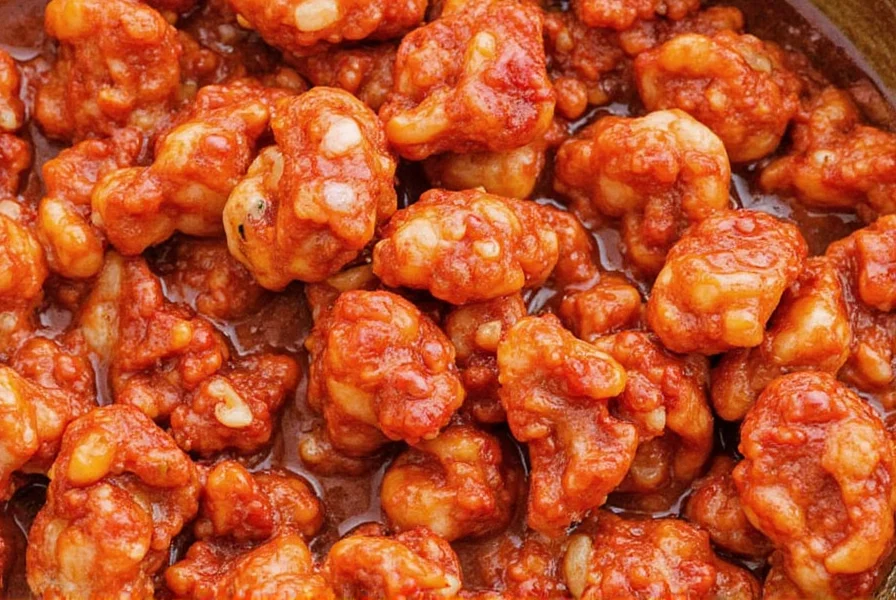
From the fiery kick of a Sichuan hot pot to the delicate balance of a mapo tofu, every dish tells a story. And with the right tools and knowledge, you can recreate these flavors in your own kitchen. So why wait? Start exploring authentic Sichuan cuisine and discover the magic of Sichuan spices today.
Conclusion
Sichuan cuisine is a testament to the art of flavor, where heat, numbing, and balance come together in perfect harmony. With the right ingredients, tools, and techniques, even beginners can create delicious Sichuan dishes that impress both family and friends. Whether you're a spice enthusiast or a professional chef, there's always something new to learn and taste in the world of Sichuan cooking.
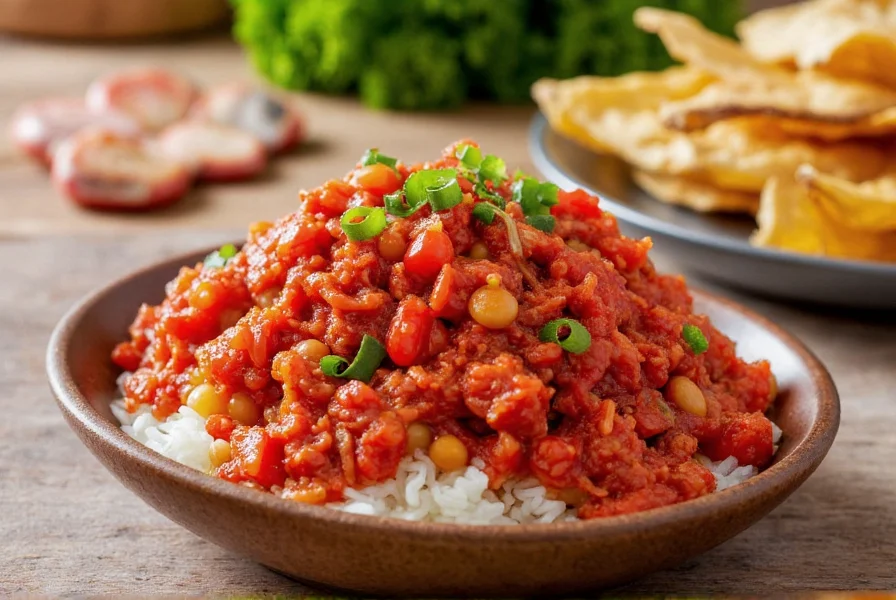
So, embrace the spicy, the numbing, and the savory. Dive into authentic Sichuan cuisine and let your taste buds take a trip to the heart of China. With each recipe, you'll not only cook a meal—you'll craft an experience.

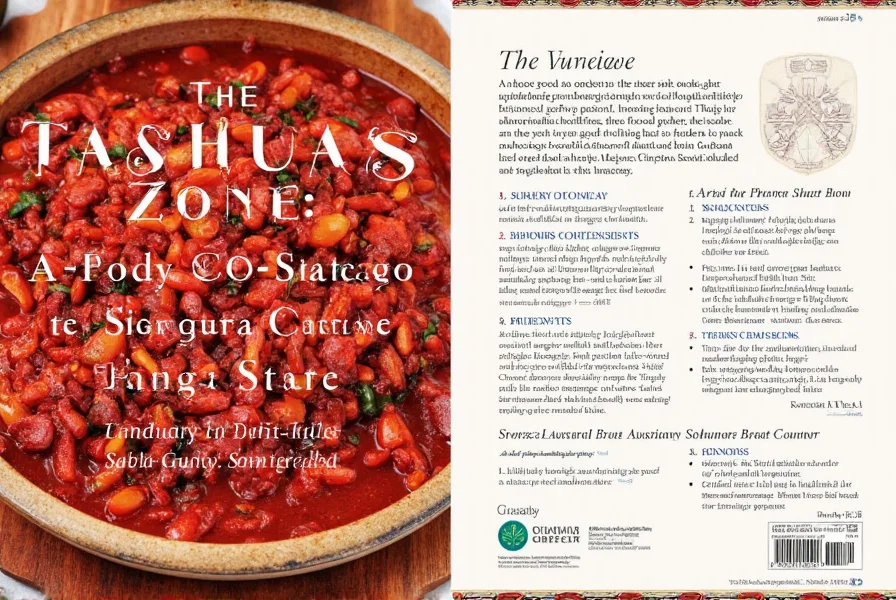









 浙公网安备
33010002000092号
浙公网安备
33010002000092号 浙B2-20120091-4
浙B2-20120091-4